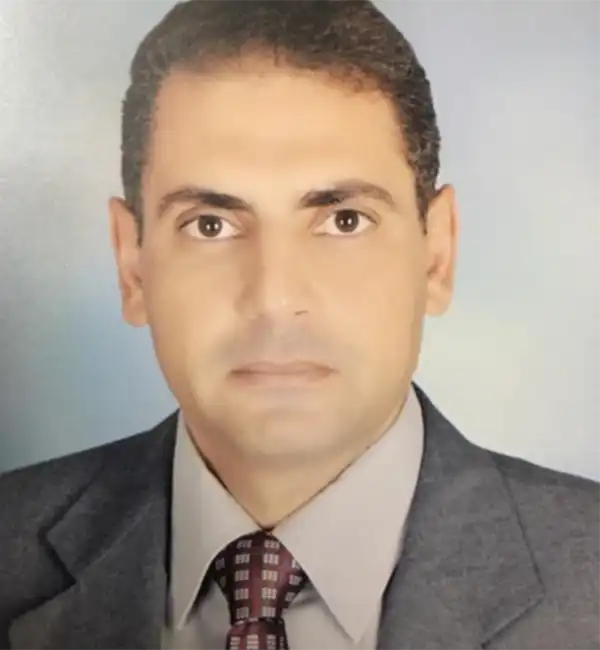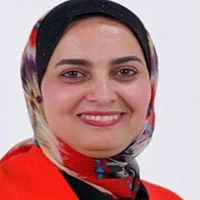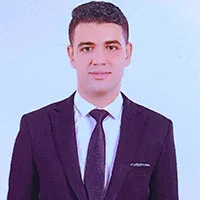Welcome to the Fifth International Innovation Competition (ITC-EGYPT 2025).
The competition in its fourth session includes two main directions, which are the general competition and the challenges, and it is open to students, researchers, and graduates.
Each challenge requires the specification to be met; we encourage participants to use innovative and flexible methods to achieve the goals. It is unnecessary
to meet all the specifications but remember that you are participating in a competitive event.
1. Unmanned Ground Vehicle Challenge
Objective:
Design and implement an Unmanned Ground Vehicle (UGV) that can autonomously navigate through a maze or obstacle course while transmitting real-time images at a minimum rate of 1 Mbps and real-time audio to a ground station. The UGV should have a width between 25 and 30 cm and a length between 40 and 50 cm. It must support a maximum communication range of 150 meters and be capable of maneuvering through obstacles, inclines, and slopes of up to 30 degrees.
Key Focus Areas:
- Obstacle Detection: Utilize sensors to detect objects in the UGV's path to keep the UGV safe.
- Path Planning: Develop algorithms to select the optimal path, avoiding obstacles and minimizing travel time.
- Balance Between Speed and Accuracy: Ensure efficient movement while maintaining precision.
- Power Management: Optimize energy consumption to extend operational time.
- Lightweight Design: Create a design that reduces weight for better mobility.
- Alternative Power Sources: Incorporate renewable energy options such as solar power.
- Intrusion Detection: Equip the robot with capabilities to detect potential threats with a minimum 10 m range.
- Stealthy Movement: Ensure the robot moves quietly to avoid detection.
- Remote Monitoring: Provide real-time video streaming and alerts to a remote operator for continuous monitoring.
- Security: Use secure and efficient techniques for transmitting data.
2. Anti-Drone Challenge
Objective:
Develop a system to detect, track, and neutralize Unmanned Aerial Vehicles (UAVs) or drones.
Key Focus Areas:
A. Drone Detection and Tracking Methods:
- Radar Systems: Use radar to detect UAVs at various distances.
- AI-Powered Cameras: Utilize cameras with AI for visual tracking of UAVs.
- Thermal Imaging: Detect UAVs through their heat signatures.
- Acoustic Sensors: Identify UAV noise through sound triangulation.
- Radio Frequency (RF) Detection: Monitor RF control communications signals to identify UAVs.
B. Countermeasure Techniques:
- RF Jamming: Disrupt UAV communications with its controller.
- GPS Spoofing: Mislead the UAV by altering its GPS signals (use at least two different types of UAV protocols).
- Drone Interception: Physically capture or disable the UAV.
- Directed Energy Weapons: Neutralize the drone with direct energy (laser systems, electromagnetic pulses).
3. Water Harvesting from Air Challenge
Objective:
Design and implement a system that extracts the maximum possible amount of water per day from the air using sustainable methods.
Key Focus Areas:
A. Water Collection Mechanisms:
- Condensation: Cool air to condense and extract moisture.
- Desiccants: Use materials that absorb and release moisture upon heating.
- Fog Harvesting: Use mesh or hydrophilic surfaces to capture water droplets.
B. Waste and Energy Management:
- Waste Management: Ensure safe disposal or reuse of excess water.
- Contamination Prevention: Maintain water purity.
- Renewable Energy: Use solar energy or other renewable energy sources to power the system.
4. Omni - directional Antennas (400 – 500 MHz) Challenge
Objective:
Design and implement omni - directional antennas with optimal gain, and impedance matching for communication applications operating in the (400-500 MHz) frequency range.
5. Helical Antenna (1.1-1.7 GHz) Challenge
Objective:
Design a helical antenna with optimal gain, directivity, and impedance matching for communication applications operating in the (1.1-1.7 GHz) frequency range.












